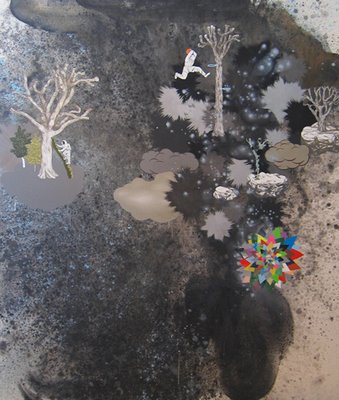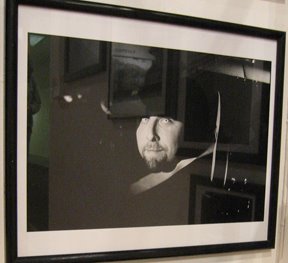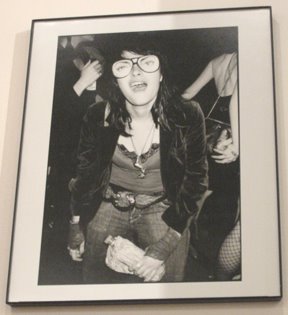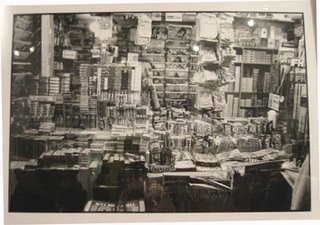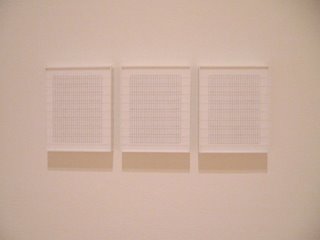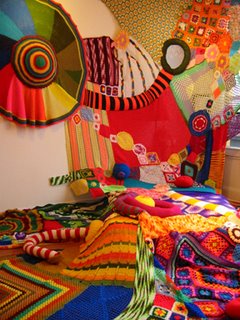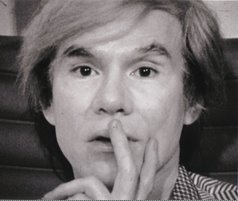[This review doesn’t belong in a visual art blog, but I’m posting it here until I have time to create a blog for a grab bag of other experiences.]
Today (Sunday) I attended a performance where I sank in disappointment while most of the audience clapped themselves into multiple standing ovations. The event, in Berkeley, was a classical song recital by opera tenor Rolando Villazón. The question going in was whether he is the sort of opera star who also can handle the song repertoire, or not.
The real test came in the first half: Robert Schumann’s song cycle, “Dichterliebe.” This can be a remarkably transporting series of songs, despite the rather flat-footed Lieder texts (by Heine, no less). Faced with the outstanding performance tradition for this cycle, any young singer who performs it risks some stark comparisons. In my view, Villazón did not measure up.
In the first place, his German enunciation is fuzzy at best. For Lieder, the words are vital not just for their meaning but also for the way they underpin the melodic line. The consonants are particularly important as pulse-points. In Lieder (and all types of songs, really), a neglect of enunciation leaves an impression of flaccidness.
Another problem was the lack of a fine-knit vocal line—what is usually called “legato.” Villazón has shown a fine legato in opera singing, but Lieder demands an even more calibrated approach to capture the small-scale nuances that are its hallmark. I found Villazón’s phrasing to be choppy. Sometimes, this seemed to stem from a tendency to impose an operatic sense of drama on a repertoire that is essentially lyrical.
A savvy Lieder singer doesn’t try to conquer through assault. Instead, he or she draws the audience in, so they feel suddenly privy to another person’s emotional state. Villazón’s approach lacked the feeling of inwardness that Lieder requires.
The disappointment struck in the first song, “Im Wunderschönen Monat Mai” [“In the wonderfully beautiful month of May”]. This should convey a feeling of emotional expansion after the narrow confines of winter. Villazón somewhat tortured rendition missed altogether the sense of dreamy unfolding.
The singer elected to perform the cycle with the printed score at hand, rather than strictly from memory. Usually this is a sign of inadequate preparation. Oddly, when he began to rely on the score more fully in the later parts of the cycle, and even gripped the music stand with both hands, his interpretation became more focused.
The second half of the recital offered an assortment of songs in Italian, French, and Spanish (with four encores). This proved that fuzzy enunciation is a general characteristic of Villazón’s song performances—even in his native Spanish. And in French, some of his sounds were not only unclear, but incorrect. In regard to vocal technique, I heard little glitches in the way he moved his voice in passages that required agility. (If you watch films on DVD, you know that even fraction-of-a-second glitches in picture and sound register unpleasantly.) Finally, I will mention that his selection from Bononcini’s “Griselda” lacked the poise that makes this type of music flower. Little pauses between phrases carry weight in the Italian Baroque, and I didn’t feel they were given their due.
Since the audience loved the recital, I’m guessing that it was an opera audience rather than a song audience. The louder he sang, the more they liked it. Opera people (and I’m one) are always hungry for big sound. But the classical song repertoire requires more finesse than power. You might say it’s like the State Department, rather than the Pentagon.
To hear what Villazón can do in opera, listen to his superb CD of arias by Massenet and Gounod. Singing of this caliber invigorates selections that otherwise, with lesser artists, can seem little more than over-ripe late Romanticism.
 Alert: This exhibit is scheduled to close on 10/14/06. Gallery hours (limited) are posted on the website.
Alert: This exhibit is scheduled to close on 10/14/06. Gallery hours (limited) are posted on the website.


